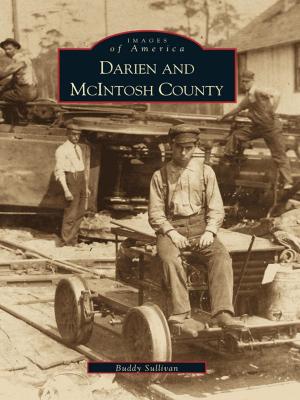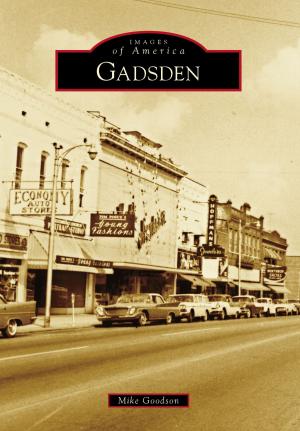Crescent City and Del Norte County
Nonfiction, Travel, Pictorials, Art & Architecture, Photography, History| Author: | Del Norte County Historical Society | ISBN: | 9781439614518 |
| Publisher: | Arcadia Publishing Inc. | Publication: | March 15, 2006 |
| Imprint: | Arcadia Publishing | Language: | English |
| Author: | Del Norte County Historical Society |
| ISBN: | 9781439614518 |
| Publisher: | Arcadia Publishing Inc. |
| Publication: | March 15, 2006 |
| Imprint: | Arcadia Publishing |
| Language: | English |
The rugged coastline and wild rivers of Del Norte County were once home to the Yurok and Tolowa Indians, who built their dwellings with planks cut from virgin redwood. The Klamath River was an early supply route to the gold mines, but its treacherous waters were soon abandoned in favor of the ocean port at Crescent City. Although its lighthouse guided many heavily laden ships to safe harbor, famous shipwrecks still lie off Del Norte�s rocky coast. Pack mule teams streamed east, bound for mining camps, and ranches in the Smith River and Elk Valleys developed to supply them. River salmon became a major industry, and later the ocean�s bounty supported fishermen. Redwood groves fed a thriving timber industry for over a century. Never lacking in drama, Del Norte�s history includes a U.S. oil tanker sunk by a Japanese submarine in 1941 and, in 1964, a tsunami that swept through Crescent City, destroying almost all of its downtown.
The rugged coastline and wild rivers of Del Norte County were once home to the Yurok and Tolowa Indians, who built their dwellings with planks cut from virgin redwood. The Klamath River was an early supply route to the gold mines, but its treacherous waters were soon abandoned in favor of the ocean port at Crescent City. Although its lighthouse guided many heavily laden ships to safe harbor, famous shipwrecks still lie off Del Norte�s rocky coast. Pack mule teams streamed east, bound for mining camps, and ranches in the Smith River and Elk Valleys developed to supply them. River salmon became a major industry, and later the ocean�s bounty supported fishermen. Redwood groves fed a thriving timber industry for over a century. Never lacking in drama, Del Norte�s history includes a U.S. oil tanker sunk by a Japanese submarine in 1941 and, in 1964, a tsunami that swept through Crescent City, destroying almost all of its downtown.















